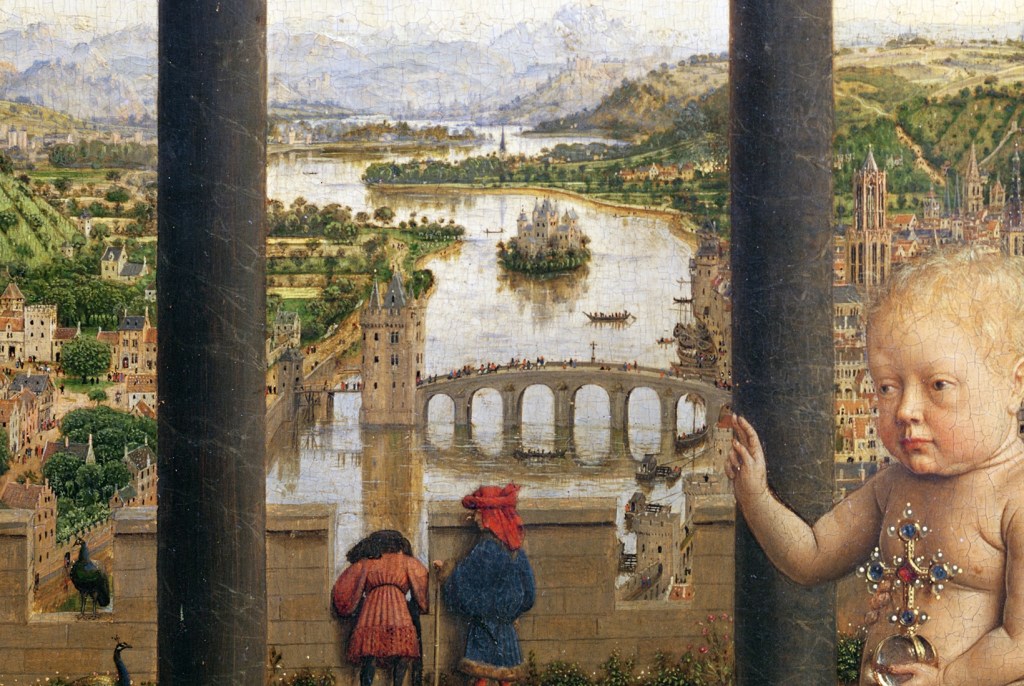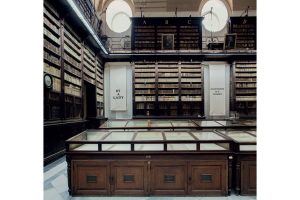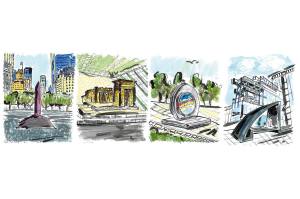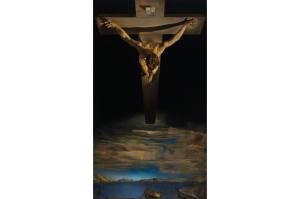Six months ago I published a book about traveling to look at works of art. One such journey involved a round trip of about 6,000 miles to contemplate minimalist sculptures in the Texan desert. But the point wasn’t so much the distance as the importance of standing physically in front of the works themselves. Seeing the actual thing, I argued, was fundamentally different from looking at it in a book or on a screen.
Nowadays, of course, unless you live within walking distance of a notable sculpture, that’s really all there is. A week ago my inbox was flooded with messages announcing that the art institutions of the world were closing until further notice. A few days later there was another deluge of announcements, but this time it was online exhibitions. This raised two questions: is there really a substitute for seeing the real thing? And, indeed, are there ways in which a virtual experience is actually better?
It’s definitely less trouble. You can stroll around the masterpieces at the Rijksmuseum, Amsterdam, while seated at home in front of your laptop. Naturally, it’s far less crowded that way than it would be in reality. In other respects, though, the process is almost the same. You can select a Vermeer or a Frans Hals, and move in to examine it close up, read the information, move back — and, if you want, listen to a rather noisy narrated analysis of Rembrandt’s ‘Night Watch’.
It’s still just examining a photograph, though — better than nothing, but more a reminder of the genuine artefact than a substitute. It is characteristic of the computer world that it simultaneously expands and contracts experience. You can go anywhere and see anything at the click of a mouse, but only transformed into illuminated pixels on a computer screen.
Still, faute de mieux this week, instead of navigating by Tube or taxi I went on a laptop tour of shows on several continents. There are advantages. You can walk through exhibitions at public and commercial galleries throughout the world, some of which, under normal conditions, would have already closed. Time and space matter little.
A display of Yves Klein sculptures at the Galerie Gmurzynska in Zurich caught my eye, for example. Its contents — a series of classical sculpted Venuses, colored the deep matte blue Klein made his own — translate well into virtual terms. Perhaps that’s because it’s really the idea that counts, and it’s not hard to get.
Otherwise, you need to add the extra dimension yourself. Having followed the work of Richard Long for decades, I can guess what his show at the Lisson Gallery, New York, would have been like. It would have been exhilarating to walk past Long’s mud mural on a wall in Manhattan, although just now nobody can. And what’s more you would have occupied the same space as the artist did, feeling the energy of his hands as he made it.
Similarly a VR tour suggests that Basil Beattie’s abstract oils from the 1980s at Hales Gallery, London, would have been worth assessing. But that’s the point: you can’t properly judge a painting from a photograph. There are aspects — touch, texture, scale — that can’t be sensed except in real time and space.
This is not to say that virtual art appreciation doesn’t have its pleasures. The invention of photography in the 19th century revolutionized connoisseurship. Suddenly it was possible to compare and contrast objects from widely separated places. This was what André Malraux called ‘Le Musée imaginaire’ — a museum that exists in the mind. Google Images took that to another level, and some online exhibitions go further still.
I missed seeing the Van Eyck exhibition in Ghent this spring, which I previewed for this magazine, because I was ill when it opened and by the time I was better it had closed. However, the website Closer to Van Eyck offers consolation for that disappointment and — in one respect — something more.
This consists of extremely high-resolution photographs of the newly restored Ghent Altarpiece and of some 30 other works by the artist. You can track in to examine the surface of these as you never could even inches from the original.
Books of details can offer this kind of close encounter too, but with the printed page you are restricted to the designer’s choice of shot. A website such as this allows you to navigate yourself. It isn’t a replacement for a one-to-one encounter with art, it’s an adjunct — but one well worth exploring.
This article was originally published in The Spectator’s UK magazine. Subscribe to the US edition here.


















